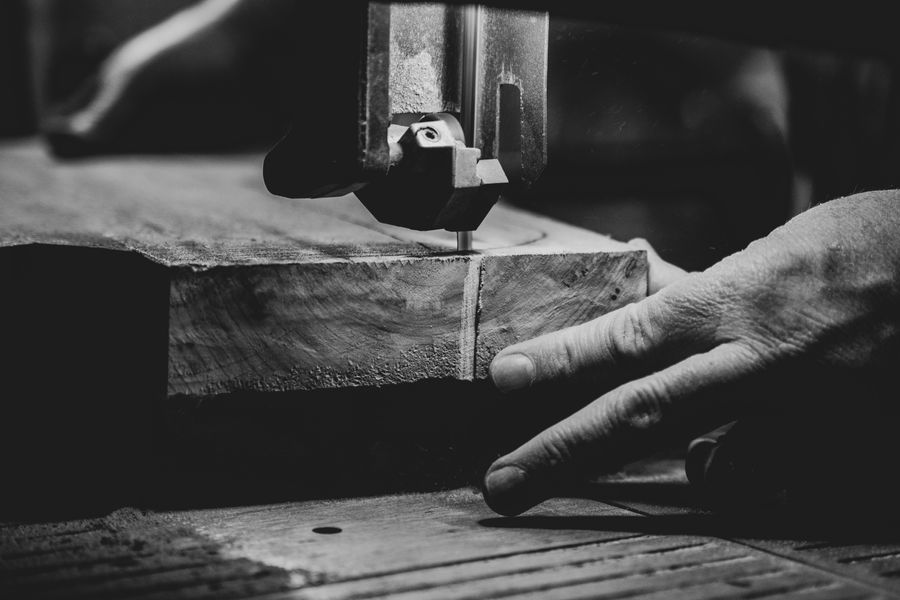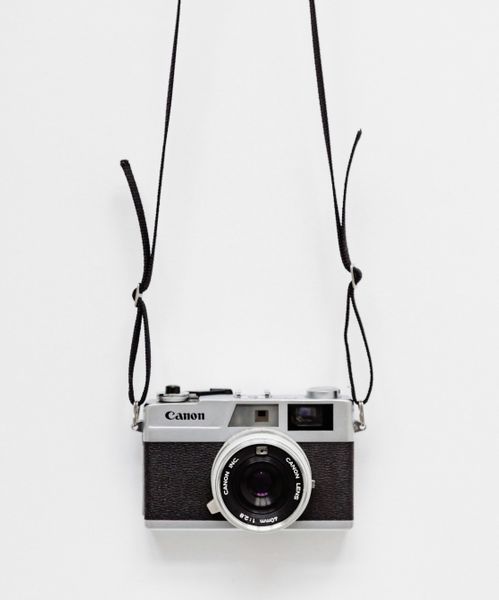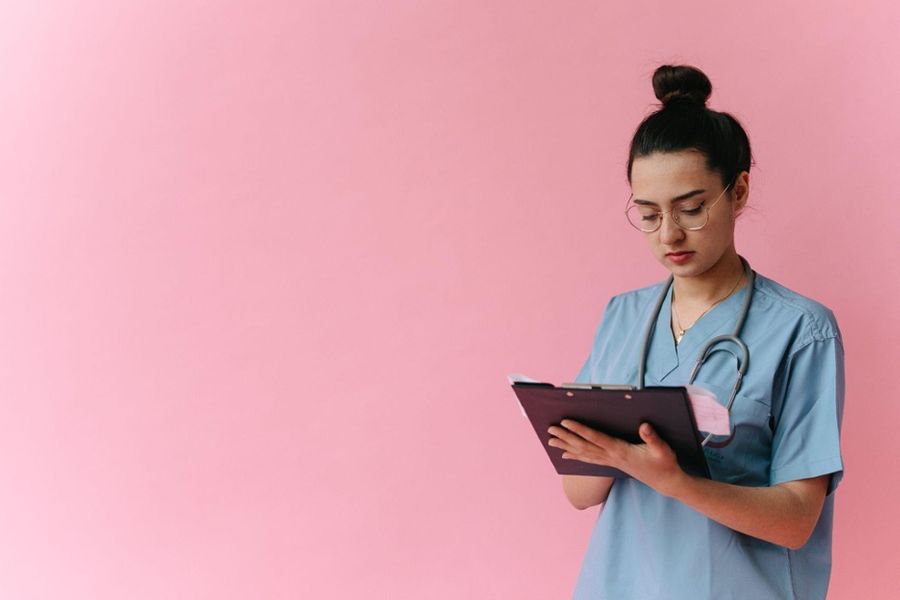

When she is not busy exploring the far reaches of the earth, Shelly likes to share her skills by teaching students with an interest in developing their own techniques in this intriguing form of digitally layering artwork. CraftCourses are proud and delighted to call her one of our 'makers' and we were very lucky to catch her, recently returned from an overseas trip, and willing to share her world as an artist with us.

Q1. Can you tell us a little about yourself?
I started my career as a freelance artist back in 2010 after completing my training as an illustrator at UWE Bristol. My work uses a mix of traditional drawing and painting coupled with digital techniques to bring the pieces together as very complex collages on adobe Photoshop. I love the dynamic quality that the marriage of these two techniques brings and the high level of detail and saturation as well as texture that you can achieve by mixing the traditional hand rendered elements with the digital collage process.

Q2. Tell us about your workshop/studio space.
I am fortunate to have a designated room for my studio inside my house. I like the connection of being inside my home within reach of the front door for any potential visitors calling in for a cup of tea! I have separate desks for the drawing and painting work and computer work. My drawing desk is elevated with the surface on the angle. I also have a large pinboard spanning the length of one wall, for pinning ideas and works in progress and any images that I find that make me feel inspired!

Q3. What do students learn on your courses?
Photoshop is often a daunting program to use. Whilst the advantages of using it are endless, the scale of the possibility is often what makes it difficult to fathom for beginners. Since I started running my Photoshop courses my aim has always been to teach students how to use Photoshop in a memorable way. Not so they can just leave the course with something ‘pretty’ but so they have the skills to understand the program in such a way that they can master it for their own uses beyond the three days of my teaching. To achieve this, the course is broken down into bite-sized pieces to enable students to learn through a range of techniques from following demonstrations to completing tasks of varying difficulties. This course is specifically aimed at creatives to enable them to use Photoshop to enhance and compliment their own creative endeavours. On the third day of the course we look to individuals' own artworks and identify what part of Photoshop they can utilise to take their work forward.

Q4. Where have you travelled in pursuit of inspiration for your art? Is there one place that has inspired you more than any other?
I am fortunate enough to have travelled to all seven continents to view wildlife in its natural habitat. Travel and the inspiration it brings is hugely important and very influential to my work. I am endlessly inspired by mountain scenery and also African wildlife in particular.

The destination that has been most career changing for me was probably my artist residency with the Royal Navy where I spent 6 weeks on their ice breaking ship in Antarctica. My work has really evolved to being a mix of wildlife and travel art now. I always seek to portray the beauty and fragility of nature and the landscapes that our animals, birds and insects inhabit. I support many conservation organisations through my work and hope to raise the profile and understanding of our endangered wildlife and threatened habitats.

Q5. Describe a typical month as a maker.
Like many freelance artists I have a wide series of activities that I do in a ‘normal’ working month. Aside from the actual ‘creating’ part of my work I also spend a lot of time speaking to galleries, framers the media etc. I also print all of my own work. Then there is the marketing, social media, taking orders and speaking to customers. Often a commercial commission is on the go for a magazine or publisher. As a freelancer you have to become an expert in sales, marketing, advertising, accounting and PR or, at the very least, do your best to grapple through! I am also part of a cooperative gallery in Ludlow, Shropshire called The Artists’ Gallery. This is a great outlet for work as customers are able buy directly from us and its gives us a great base for meeting clients etc. I spend 3 or 4 days a month working at the gallery.

Q6. When you’re not teaching, do you create art for yourself?
Yes! I spend relatively little time teaching; I run one or two Photoshop courses each year and also run some painting holidays. The rest of my time is focused around creating and selling my own work.

Q7. What other art or crafts do you love apart from that which you teach?
I am fascinated by many art forms and will always make a beeline to a gallery when I am somewhere new. I love ceramics and printmaking and I love doing swaps with other artists so I am building a lovely collection of art through that means!

Q8. Who/what is your biggest source of inspiration professionally?
Wildlife is a huge source of inspiration to me, I put that down to many hours spent walking around our home in rural Shropshire as a child but also watching all the David Attenborough documentaries on TV growing up! I was seduced by the exotic locations and weird and wonderful creatures that featured on those programs and it garnered a wanderlust to see and experience those places for myself, many of which I have been fortunate enough to visit.

Q9. What advice would you give to other people looking to teach their art?
Patience and being a ‘people person’ are two key requirements for teaching! I love spending time with other artists and helping them along on their creative journey is very rewarding.

Q10. What is the most inspirational thing to ever happen on one of your courses?
Watching the lightbulb moment as people master a tricky element of Photoshop is always fun and rewarding to watch. I enjoy teaching in a way that encourages discovery and exploration. People often learn best through trial and error and, whilst the course has a structured learning framework, I also encourage students to practise by experimentation. Often, reflections on what went wrong and why are excellent lessons in how to do things correctly and can make for more memorable learning experiences.

If you are intrigued by this contemporary approach to creating art, you can book a place on Shelly's last teaching course for 2022: Photoshop - an artist's guide for beginners.
You can also see how Shelly made her digital collage 'Ice Patrol' here.



